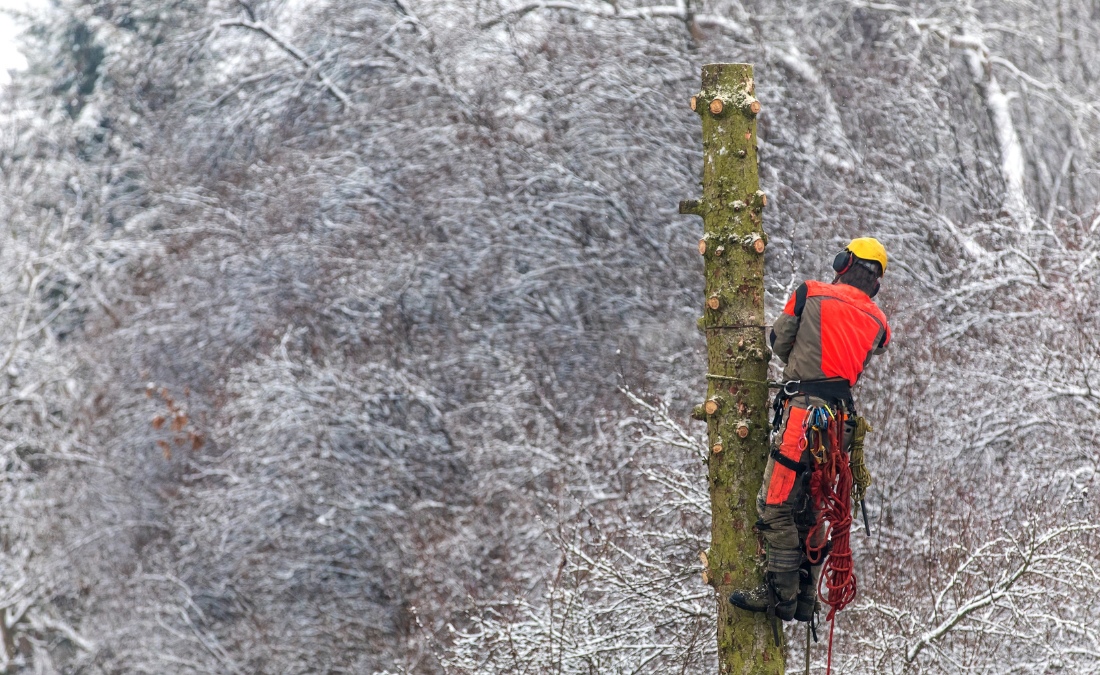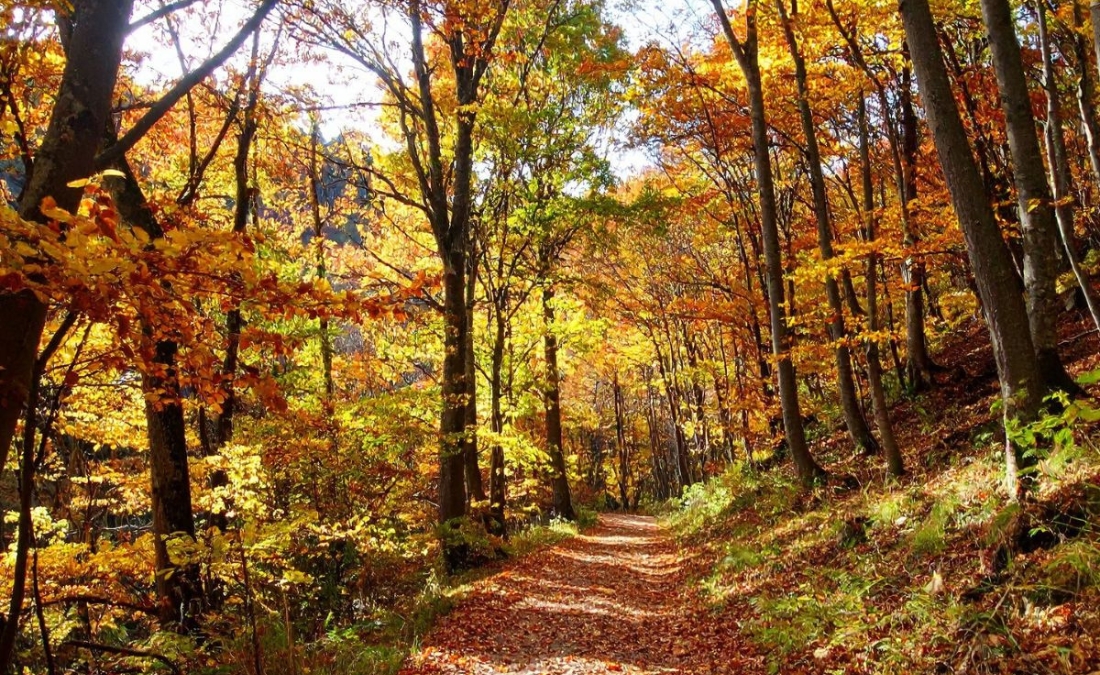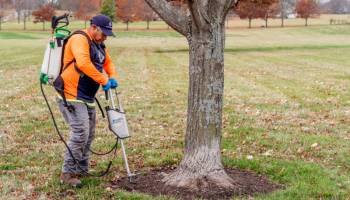Should I Fertilize My Trees in the Summer? (And the Best Time to Do It in Oklahoma)

Think fertilizer will fix your stressed trees? Timing is everything. Learn why summer feeding fails and when Oklahoma trees truly benefit.
When your trees look stressed or aren’t growing as vibrantly as they should, fertilizer seems like the obvious solution. Even though summer might seem like the perfect time to give your trees a nutrient boost, it’s actually one of the worst times to fertilize in Oklahoma’s climate. Understanding when and how often to fertilize isn’t just about better growth, it’s about avoiding costly mistakes that could damage the trees you’re trying to save.
Key Takeaways
- Avoid summer fertilization, as it can exacerbate drought problems and will put out too much growth that will not survive the winter.
- Spring fertilization helps trees recover from winter damage and build energy reserves, while fall fertilization (late October to early December) allows roots to grow during dormancy and prepare for the next growing season.
- Young trees need annual fertilization after their first year until established, while mature trees may require less frequent feeding due to Oklahoma’s nutrient-retaining clay soil.
- Professional soil testing is essential before fertilizing because Oklahoma’s clay-based soil in places like Tulsa and Oklahoma City retains nutrients well.
- Signs your trees may need fertilization include yellowing leaves, branch dieback, poor growth, and weak wood.
Signs Your Trees May Need Fertilization
While the best way to determine when your trees need fertilization is to conduct a soil test, there are signs your tree may display that could indicate a nutrient deficiency. Some of the signs of a tree that could benefit from fertilization include:
- Yellowing or discolored leaves
- Branch dieback
- Poor growth
- Weak wood
NOTE: These signs can also indicate a tree has a disease, so when you see them, it’s best to talk to an arborist to see if they need fertilization or disease treatment.
Why You Shouldn’t Fertilize Trees in Summer
In most instances, we recommend avoiding fertilization in the summer, especially later in the season as fall approaches. Trees can get most of the nutrients they need from what is already in the ground and from photosynthesis, thanks to long, sunny days.
But summer is also one of the most stressful times of year for trees. Between the heat and the risk of drought, they’re often just trying to survive. Fertilizing during this time can actually make things worse. If the tree doesn’t have enough water, it can’t properly absorb the nutrients. Instead of helping, the fertilizer may burn the roots or force the tree to use up limited energy to process something it didn’t need in the first place.
Even if the tree is well-watered, summer fertilization can push out new growth at the wrong time. As cooler weather approaches, this new growth won’t have time to harden before winter, making it more vulnerable to damage and wasting the tree’s stored energy.
Save the fertilizer for fall or early spring, when trees are better equipped to make good use of it.
When Is the Best Time to Fertilize Your Oklahoma Trees
Whether you are fertilizing shade trees or ornamentals, doing it in the wrong
season can stress or kill a tree. The two seasons we typically recommend fertilization for your Oklahoma trees are spring and fall.
Spring Fertilization Gives a Boost to Trees and Helps Them Recover from Winter
Winter can be stressful for trees, as they deal with extreme temperatures, snow weighing down their branches, and road salt damage. Fertilizing in the spring helps a tree recover from any winter damage it may have sustained and gives the trees the additional energy they need to focus on recovery.
Early spring fertilization before the trees fully leaf out allows them to build an energy reserve for the growing season. Trees in landscapes and urban environments do not have the same luxury of constantly decaying organic matter as trees in forests. Fertilization restores some nutrients that grass and trees may have depleted from the soil.
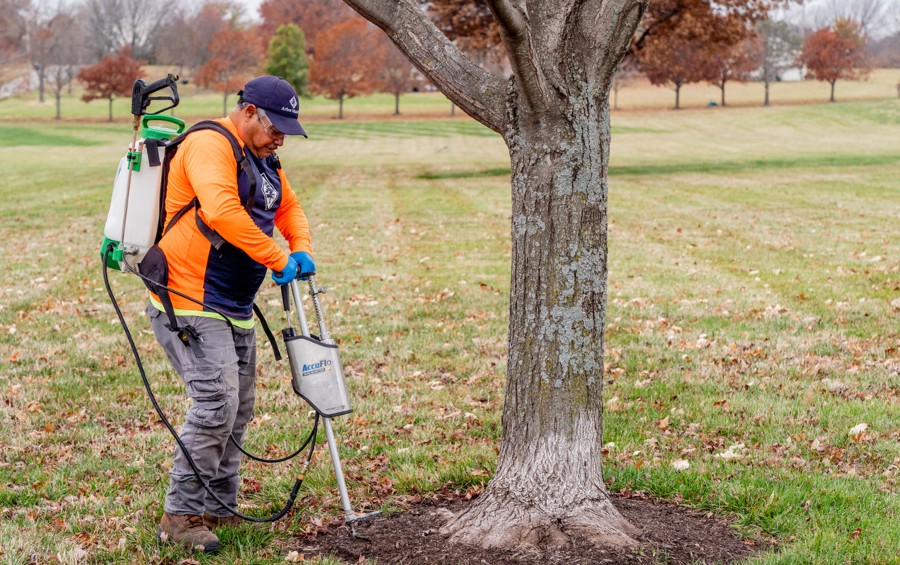
Fall Fertilization Allows Trees to Start the Next Growing Season on the Right Foot
Fall is often the preferred time for many arborists to fertilize trees. Fall fertilization is best with a slow-release fertilizer that will slowly get your trees the nutrients they need throughout the winter to build up their energy stores.
While your tree may not grow above ground in the winter, the roots won’t stop growing. Fertilizing gives them the energy to continue to expand during dormancy to provide you with a tree that is better anchored to the ground and can more efficiently find water and nutrients.
If you opt for fall fertilization, ensure you do it in the late fall, typically after the leaves start to fall off the trees. Doing it too early can encourage new growth that wastes a tree’s energy when preparing for dormancy. This new growth will likely die from winter conditions and cause stress for your tree.
In Oklahoma, the window is typically from late October until early December. You’ll want to get any fertilization done before the ground freezes in the winter.
How Often to Fertilize Your Oklahoma Trees
Now that you know the best time of year to fertilize trees in Oklahoma, we can look at how frequently to do it. This is a more complicated question, as there’s no single answer that applies to all trees. All trees and their growing conditions vary, meaning you will likely have to consider your tree’s condition and growing environment before deciding when – or if – it needs fertilizer.
Young Tree Fertilization Frequency
Determining when to fertilize young trees is much easier than with mature trees. In most instances, recently planted or transplanted trees can benefit from annual fertilization after the first year.
We recommend continuing with fertilization until the tree has become established. Depending on the species, a tree may take several years to establish itself fully.
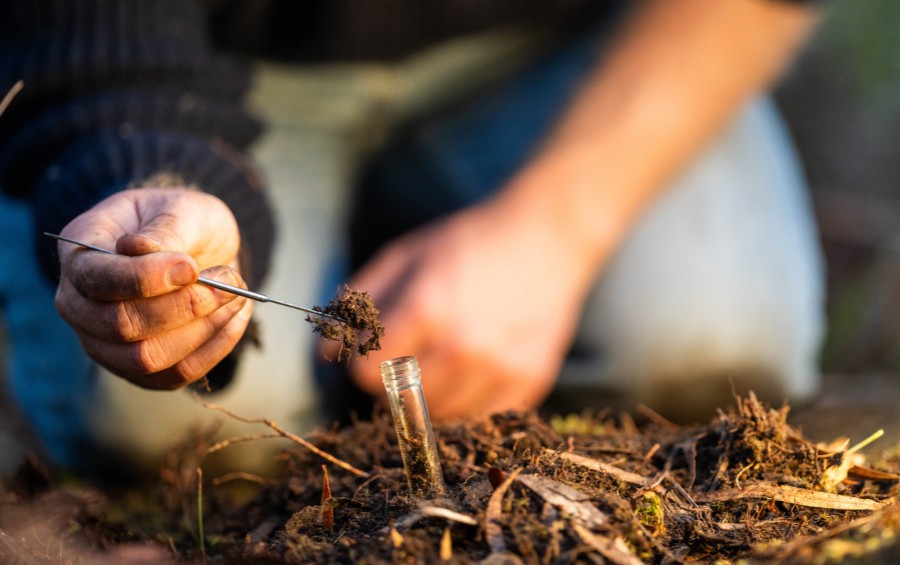
Conducting a soil test is an easy way to determine when your trees need fertilization.
Mature Tree Fertilization Frequency
Mature trees are a different story, as they may not need additional nutrients once they become established.
Much of the soil in our state, from Tulsa to Oklahoma City, is primarily clay-based. Clay soil provides numerous challenges for growing plants and trees. However, the soil retains nutrients more effectively than most other types. Because of this, you may not need to fertilize your trees as frequently as homeowners in areas with different soil.
Before fertilization, we recommend a soil test to determine the nutrient content of your soil. While you may have seen soil tests at your local hardware stores, they are often cheap and unreliable.
To ensure you get the correct information, we recommend professional soil testing. The Oklahoma State Extension Service offers soil testing for a nominal fee. It will give you a breakdown of the nutrient density in your soil, any deficiencies, and the pH balance.
If the test demonstrates the need for fertilization, a professional company can assist you with the service. They can create a custom fertilization plan to target nutrient deficiencies and feed your trees directly. Two of the best fertilization methods are foliar sprays that get fertilizer to the leaves or deep root fertilization that limits runoff and helps with soil compaction.
Frequently Asked Questions About Tree Fertilization in Oklahoma
We know fertilizing your trees can feel confusing, especially when it comes to timing and technique. To make it easier, we’ve answered some of the most common questions homeowners ask us about how fertilization works and why proper planning matters.
Why do arborists suggest slow-release fertilizers?
Slow-release fertilizers are typically the choice of arborists because they get nutrients to the tree over time, rather than all at once. These fertilizers lead to more even and uniform growth and protect the tree from the danger of using too much nitrogen.
Can I fertilize my trees myself?
While you can fertilize yourself, you will run the risk of overfertilizing or using the wrong type. Generally, it is better to leave the job to arborists who know how to read a soil test and can use methods like deep-root fertilization or foliar sprays to get the nutrients to your trees more efficiently.
Is there anything else I need to do for my trees to help with nutrients besides fertilization?
Yes, there are many things you can do in conjunction with fertilization for healthier soil. Fertilization can be a nice boost of nutrients, but it won’t fix any underlying problems with your soil. To create better soil health, we recommend adding compost and organic mulch.
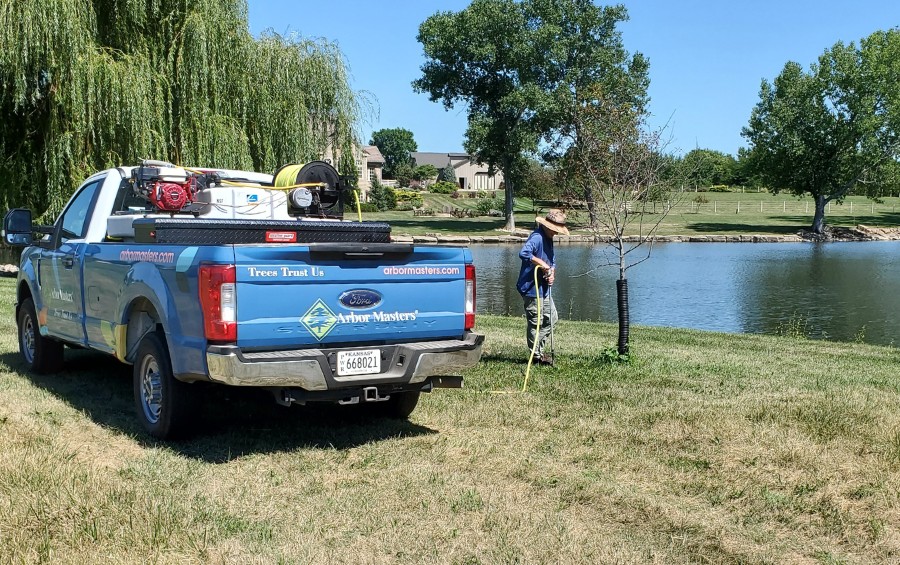
When Your Trees Need Fertilization, Arbor Masters is Ready to Help
Fertilization is the perfect way to give your trees a boost through the growing season and help them thrive in the often-harsh conditions of Oklahoma. However, overfertilizing or doing it at the wrong time can have disastrous consequences for your trees. When you want to ensure someone handles the service correctly and with your tree’s best interests in mind, trust the qualified team at Arbor Masters.
Our arborists can determine if your trees need fertilization and then deliver those nutrients to your trees for healthier growth and better vigor. Call us today at 405-495-8746 or request a quote online for fertilization.

Get the latest local news, tree care tips, special offers, and company updates directly to your inbox! It's easy to subscribe and there's no spam - we promise.
"*" indicates required fields



